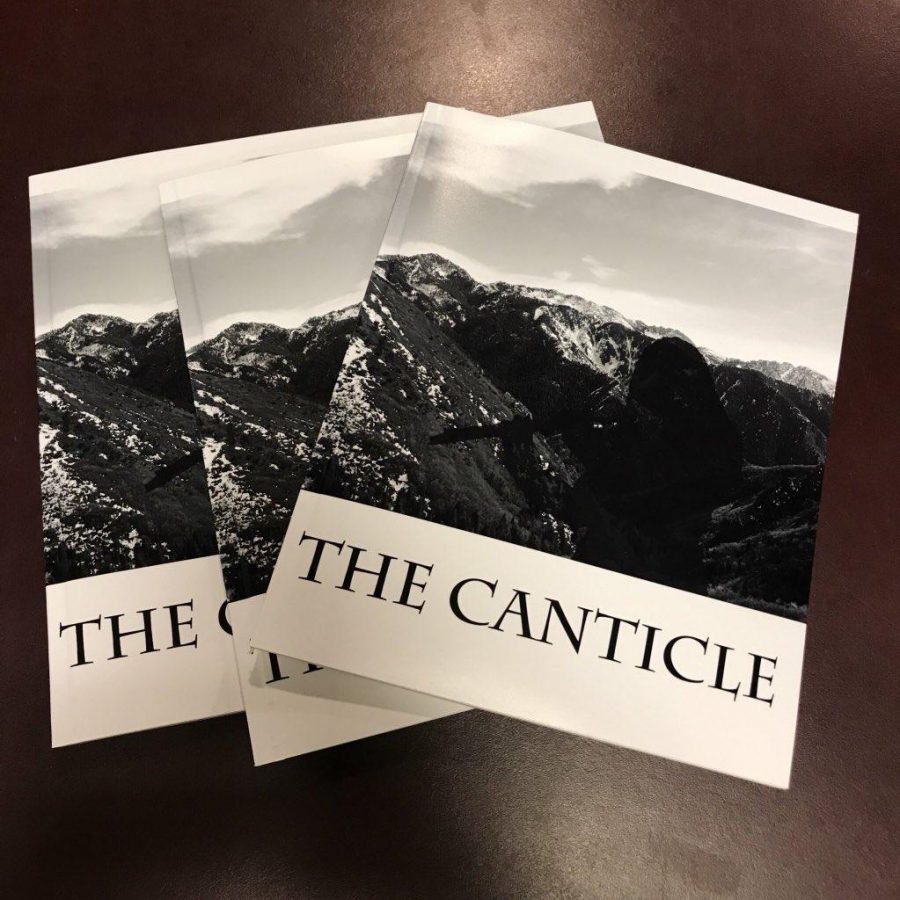From performing to publishing, the University of Utah offers a treasure trove of artistic opportunities for students, though some of those opportunities aren’t as well known as others. “The Canticle” is one of those lesser known opportunities.
“‘The Canticle’ was founded in 2015. Jai Bashir, who is still a graduate student at the U … was the editor. ‘The Canticle’ replaced a then defunct English undergraduate literary publication called ‘Enormous Rooms,’ which had been printed off and on during the first decade of this millennium. Prior to that, there was a publication called ‘Shades’ that was published during the 1990s,” said Shawn Adrian, an advisor for the English Department who helped start “The Canticle.”
As “The Canticle” breathes new life into the literary scene, the editors and members of the English Student Enrichment Association are looking to create a place for all kinds of art.
“‘The Canticle’ is the University of Utah’s undergraduate literary journal created out of the desire to create a literary space for the unusual, the unique, the upcoming, and the unearthed. We are proud to support untapped creative minds and create a venue for their work to reach the universe,” its Facebook page stated.
To give artists this space to share their works, “The Canticle” is now accepting submissions from students of all majors. All you have to do is send an email with your work attached to the editing staff at [email protected] by Jan. 31, 2018, for consideration for the upcoming fourth volume of the journal.
Editors are looking for everything from short stories to sculptures, and they are excited to see what students have to offer. Submissions can be anything in the fiction, nonfiction, poetry or art categories, though students will have some guidelines to follow for things, like formatting or length. These guidelines can be found in the About tab on its Facebook page.
Submission rules aren’t the only thing to be found in that tab, as the ESEA has included some helpful tips for students submitting written works throughout their explanations, like this line tucked into the fiction and nonfiction subsections of the formatting guidelines:
“We are interested and invested in portions of novellas, novels, and larger manuscripts,” the section read.
There are handy tips for students looking to submit poetry, and poets can submit up to five poems.
“The poems should be contained in a single submission file, and do not need to be connected thematically. Rather, we are interesting in your style and range,” the page said.
With a 10 photo limit, artists are able to showcase their sculptures and paintings from any angle and/or illustrate their skill with a variety of their works, while photographers can choose their 10 favorite images.
Why should students submit? Having work published in a literary magazine looks great on a resume, and it can help students build a professional portfolio.
So perfect that poem or find your favorite story and share it with students across the U. As the saying goes, “Nothing ventured, nothing gained.”
@ladyofth3lak3


